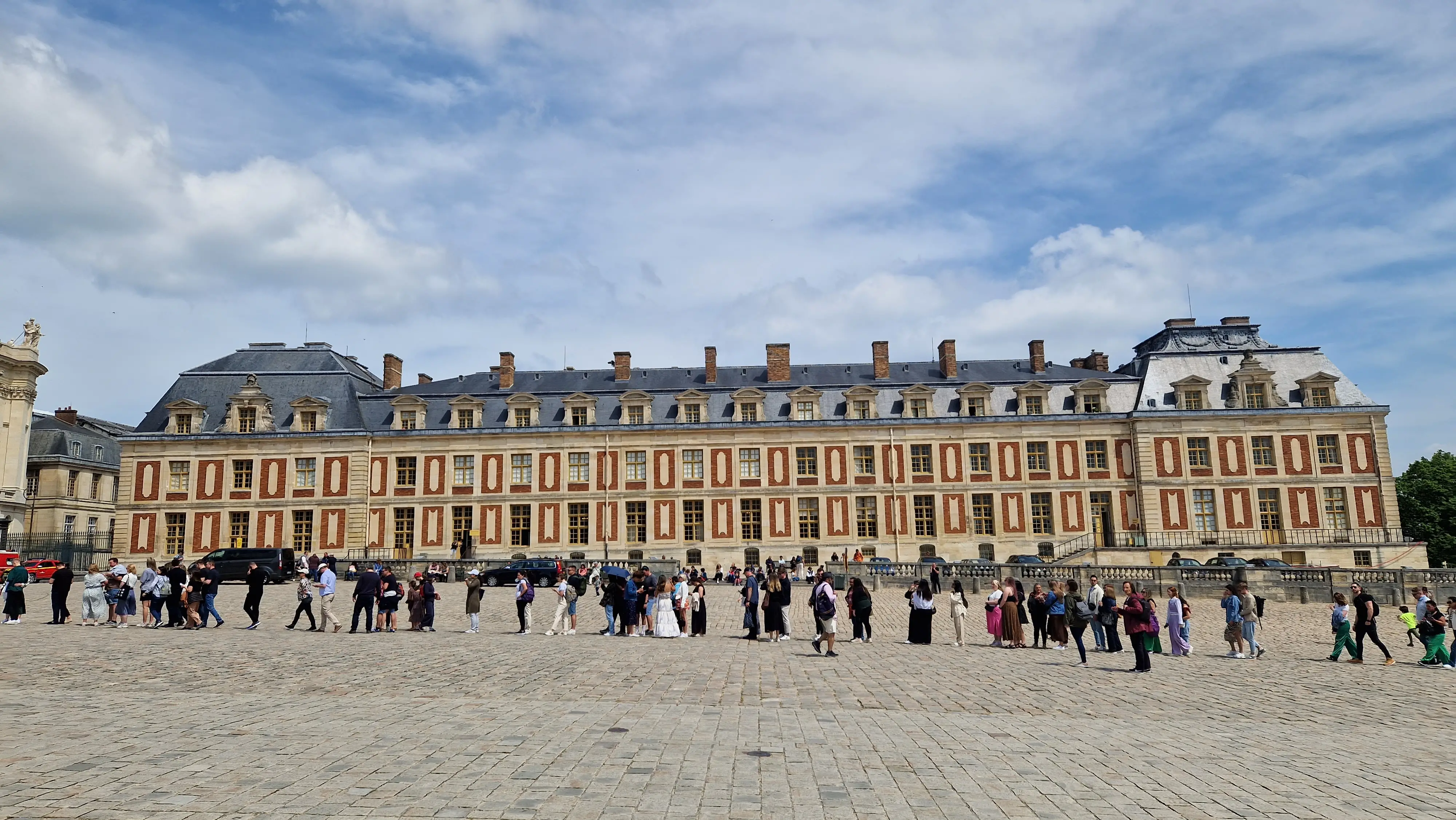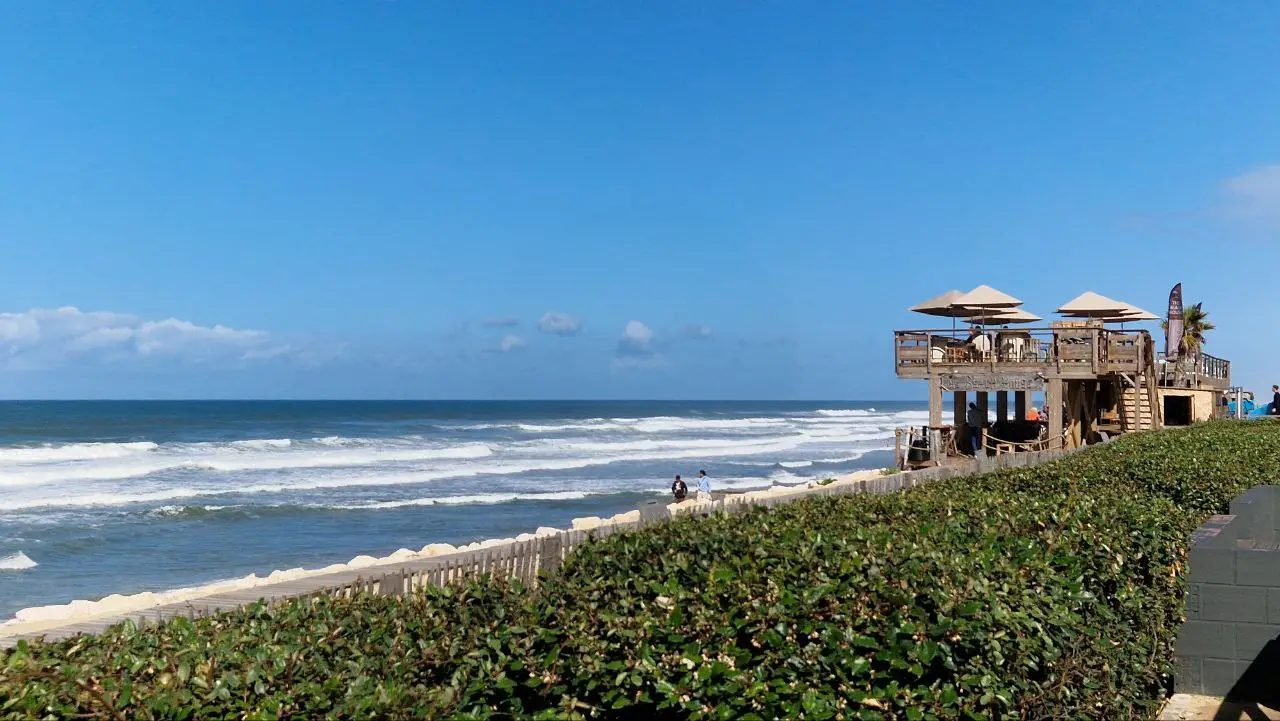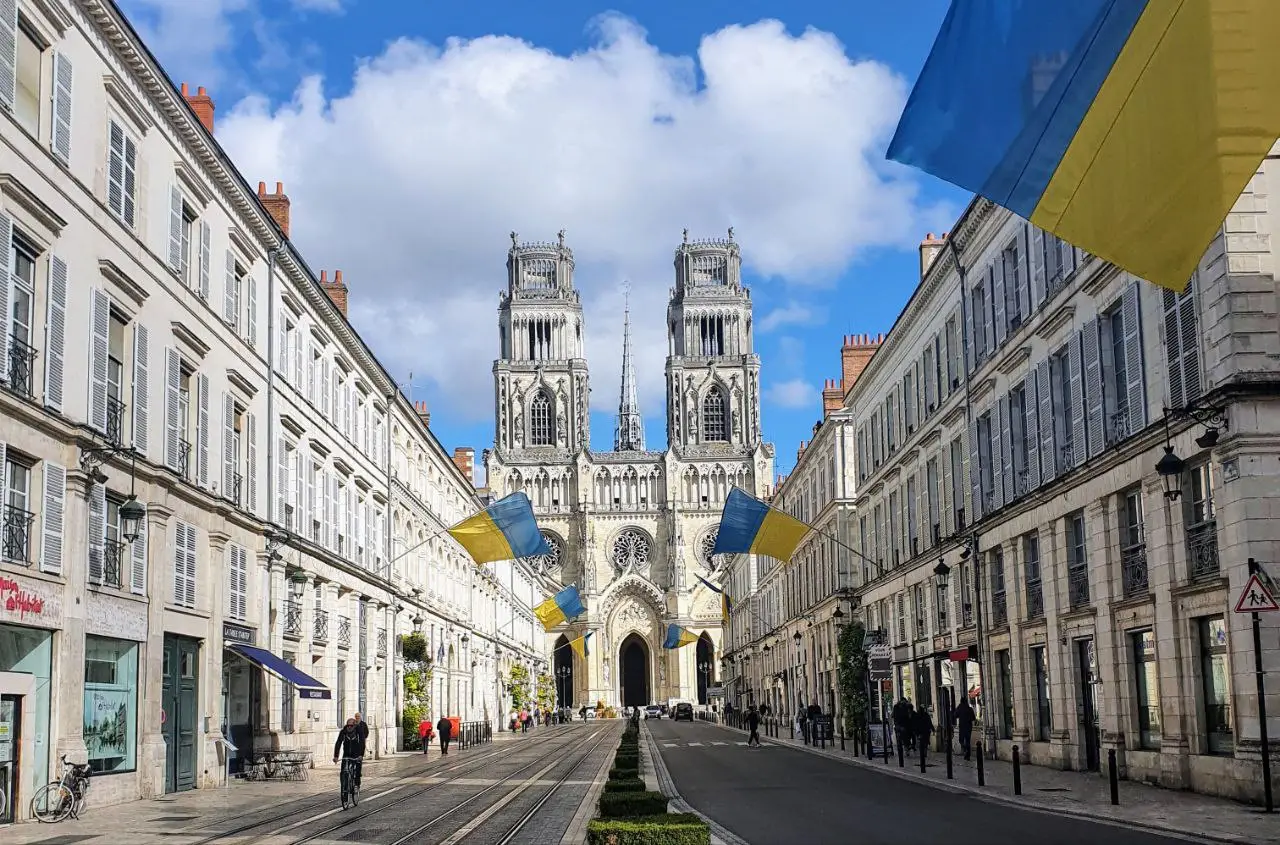Dordogne: medieval magic of the French region and its caves
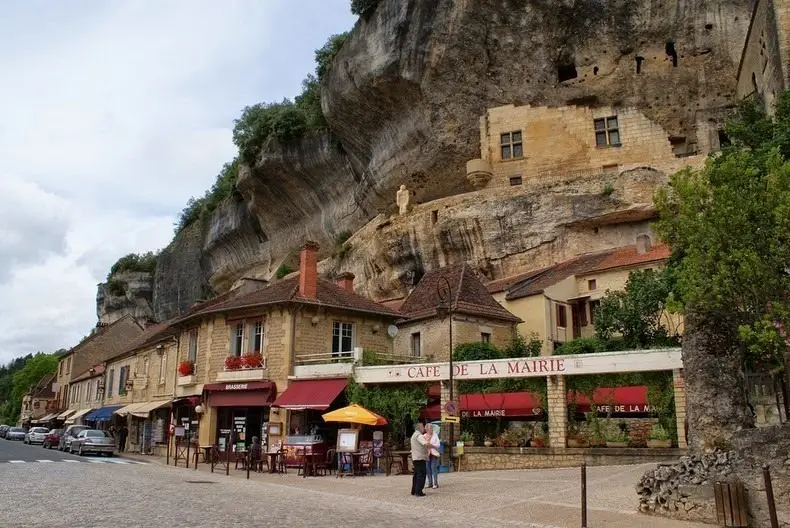
The Dordogne is one of France's most precious regions, rich in natural beauty, historical monuments and cultural heritage. The caves of the Dordogne, with their prehistoric drawings and archaeological finds, are a real window into the past, allowing us to touch the lives of our distant ancestors
The Dordogne region, located in southwestern France, is one of the most picturesque and culturally rich regions of the country.
Famous for its green valleys, ancient castles and charming villages, the region is also famous for its caves, which preserve a wealth of prehistoric art.
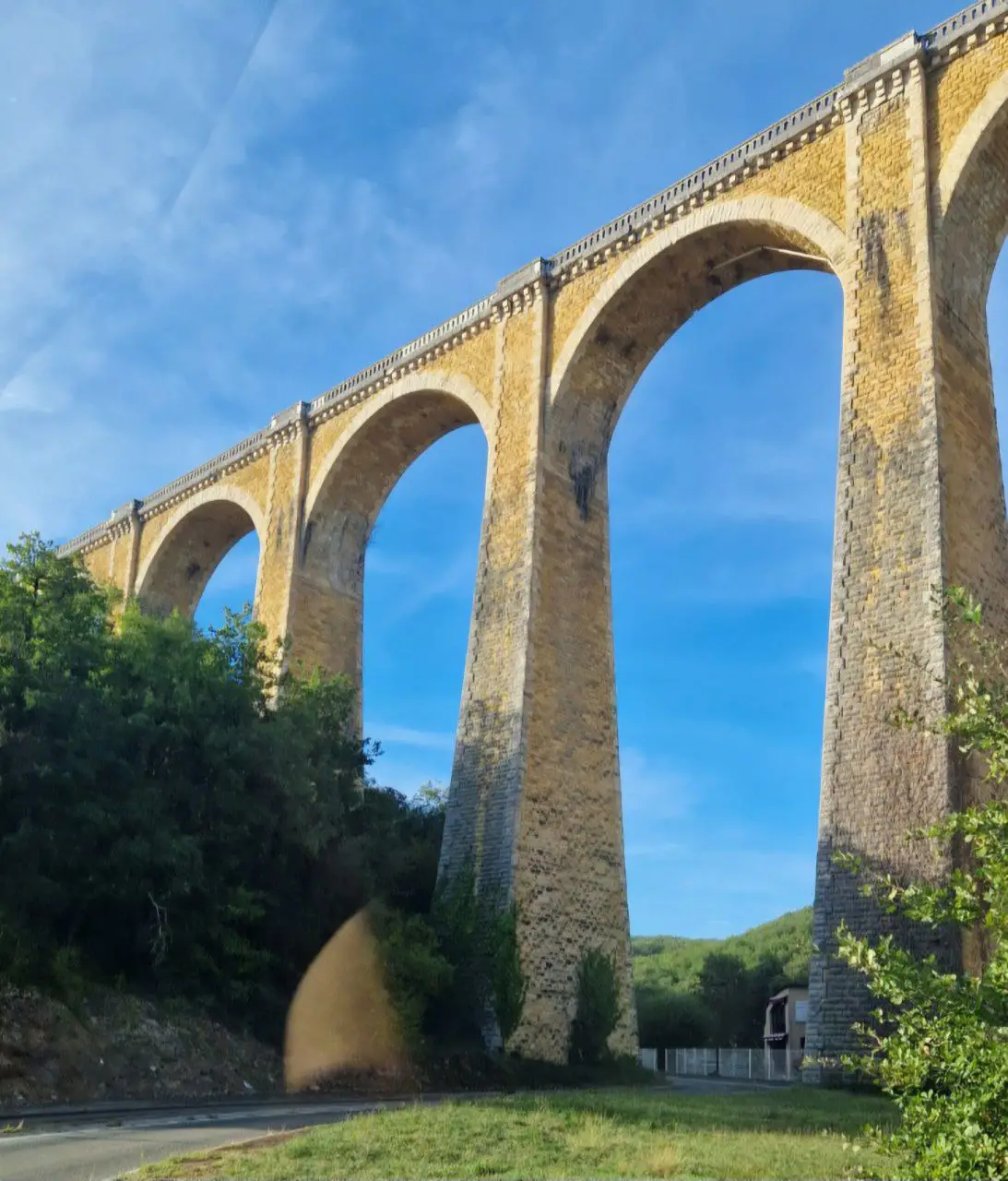
The Dordogne is a true paradise for lovers of nature, history and art.
Geography and history of the region
The Dordogne is located in the department of Aquitaine, covering an area of more than 9000 square kilometers. This region is surrounded by rivers, hills and dense forests, which creates ideal conditions for those who love nature and quiet relaxation, and it is also an ideal place for filming movies set in the Middle Ages, because little has changed visually since then.
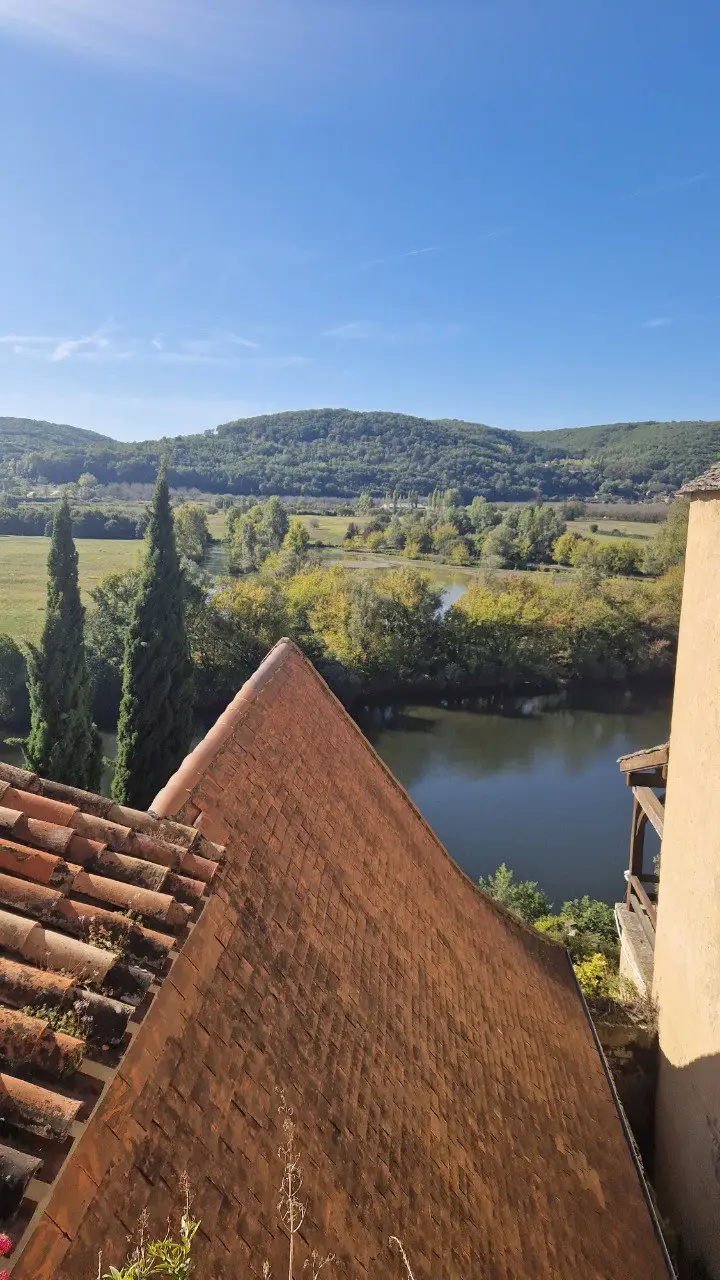
Caves: archaeological finds and research
The Dordogne has been inhabited since prehistoric times, as evidenced by numerous archaeological finds and ancient settlements. The first traces of human life in the Dordogne date back more than 400,000 years ago, when Neanderthals settled in the caves of the region. Later, in the Paleolithic era, people left their artistic traces here in the form of cave paintings, which are now considered one of the most important archaeological finds in the world.
Archaeological excavations in the Dordogne have brought numerous discoveries that help us understand the life of primitive people. In addition to the famous drawings, many artifacts have been found in the region's caves, including stone tools, animal bones, and various household items.
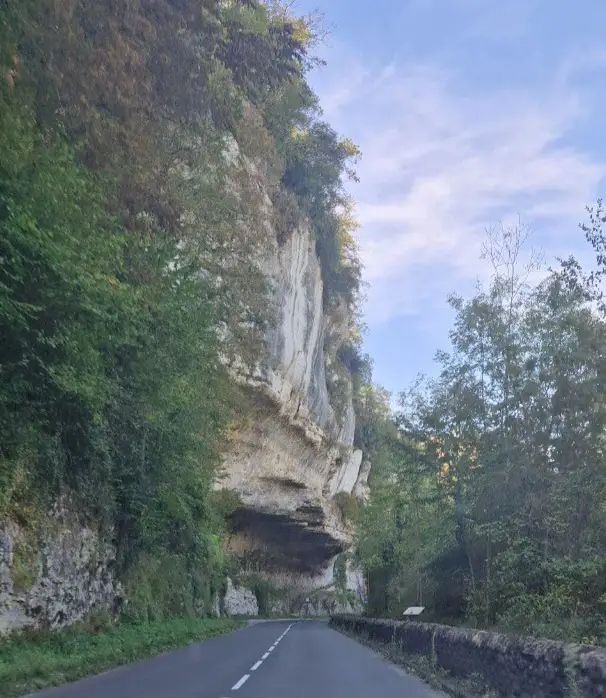
One of the most famous archaeological sites in the Dordogne is Cro-Magnon, located in the village of Les Eyzies de Tayac-Sireuil. It was here in 1868 that the remains of people known as Cro-Magnons, who lived about 30,000 years ago, were found. These findings provided important information about the physical appearance, culture, and lifestyle of the first modern humans in Europe.
Workers working on a railroad line accidentally stumbled upon a cave with numerous human remains and artifacts. Archaeologist Louis Lartet was able to identify the remains as belonging to early modern humans, later called "Cro-Magnons."
The find at Cro-Magnon was an important milestone in archaeology and paleoanthropology, as they were among the first well-preserved remains of Homo sapiens in Europe. Their remains showed that these humans were physically very similar to modern humans, but had some distinctive features, such as a larger skull and more massive bones.
Caves and rock art
The caves in the Cro-Magnon area are known for their rock art, which includes a variety of animal, human, and abstract symbols. These drawings and engravings are evidence of the high level of development of the Cro-Magnon culture.
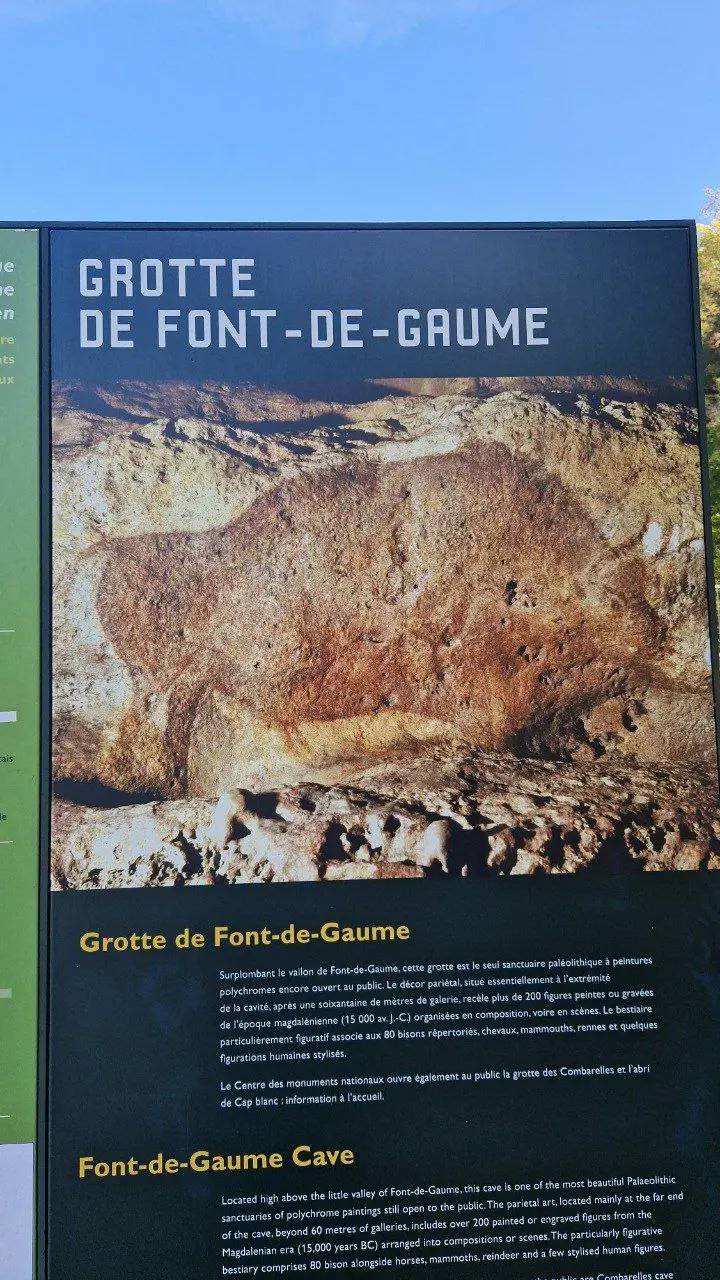
The Abri de Cro-Magnon cave, where the first remains were found, is the most famous of the caves in this region. Not only bones were found here, but also numerous artifacts such as stone tools, bone and shell jewelry, and the remains of hearths. These findings indicate that the Cro-Magnon people were skilled hunters and gatherers: they hunted large animals such as mammoths and bison, as well as gathered edible plants and fruits, practiced crafts and art, and lived in communities. The burials of Cro-Magnon people show complex rituals and beliefs. In many burials, accompanying objects such as jewelry and tools were found, indicating a belief in the afterlife.
Tourism
Today, the Cro-Magnon caves and other archaeological sites in the Vosges Valley are popular tourist destinations. The museum at the site of the Abri de Cro-Magnon cave discovery offers visitors exhibitions on the life and culture of the Cro-Magnon people, as well as excursions to archaeological sites.
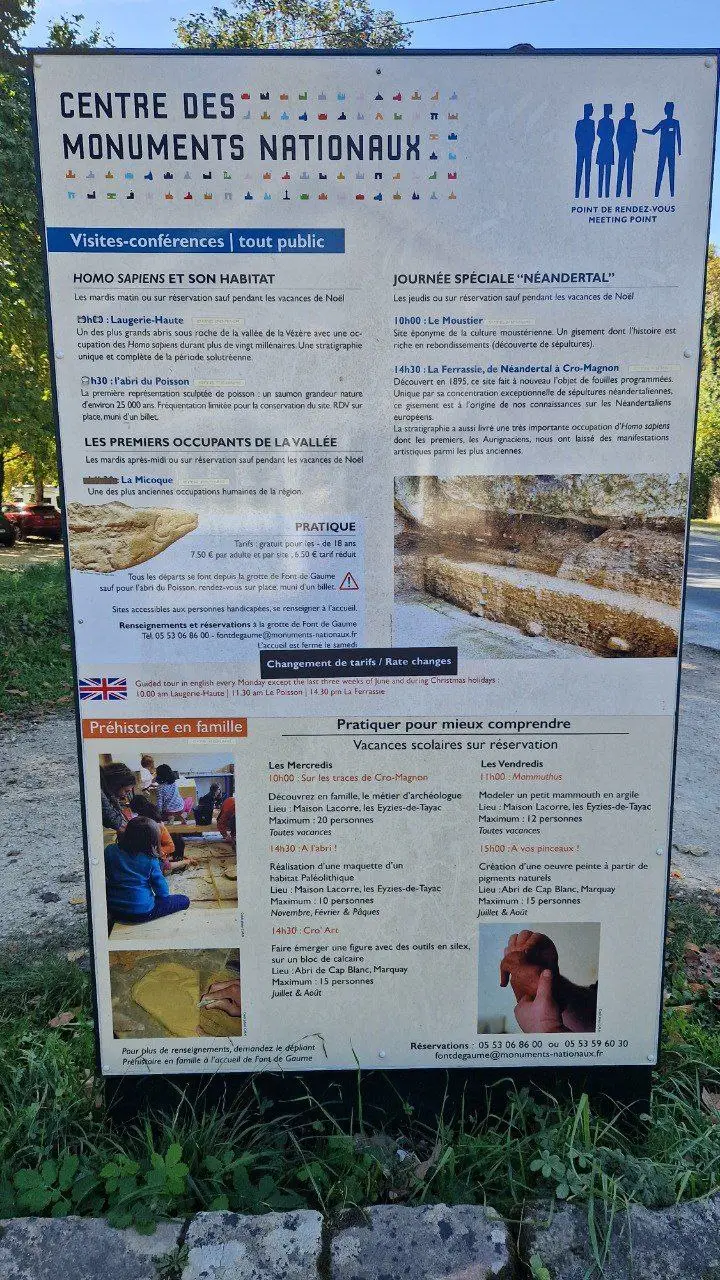
There is a tourist shop where you can buy books on the caves, as well as children's toys in the form of mammoths and saber-toothed tigers. You can also buy a full-day tour of all the caves in the valley. Convenient parking is available nearby.
Medieval
The Middle Ages left a deep mark on this region, which is reflected in the large number of castles, fortresses and churches that are scattered throughout the area. In particular, the city of Sarlat la Caneda is a great example of medieval architecture that attracts thousands of tourists every year.
Natural wonders and hiking trails
Aside from the caves, the Dordogne is famous for its natural landscapes. The region offers numerous opportunities for outdoor activities such as hiking, cycling, canoeing and kayaking on the Dordogne and Weser rivers. Among the most popular hiking routes is the Dordogne Valley, which passes through picturesque villages, vineyards and medieval castles.
Château de Beynac
One of these castles is Château de Beynac, built in the 12th century. This well-preserved castle with a Romanesque tower and a frescoed chapel offers breathtaking views of the Dordogne River Valley and is an example of medieval architecture. First mentioned in 1115, it was built in the XII century by the Barons de Benac.
Throughout its rich history, it has passed from one owner to another many times. After the death of Ademar de Benac, the castle passed into the possession of the Duke of Aquitaine, Richard the Lionheart. Richard passed it on to one of his best knights, Mercadier, who was killed in Bordeaux in 1200.
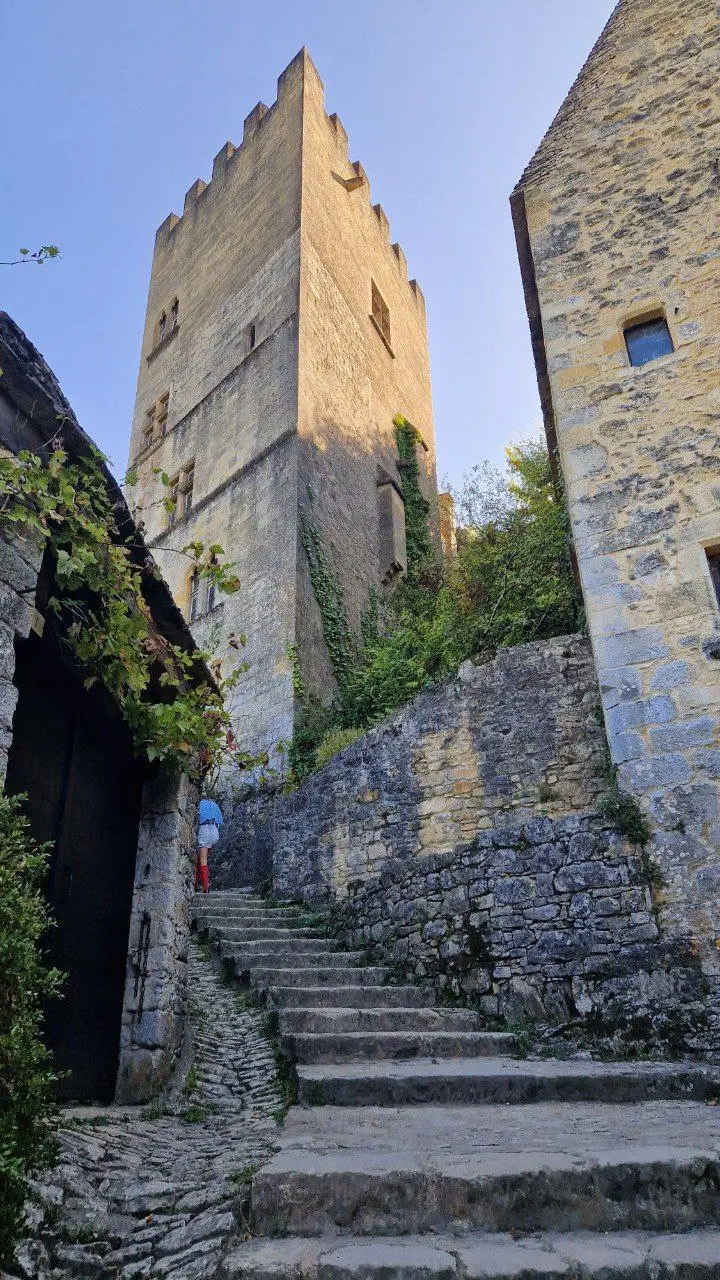
The castle was at the center of the Hundred Years' War. The Dordogne River served as a conditional border separating French and English troops.
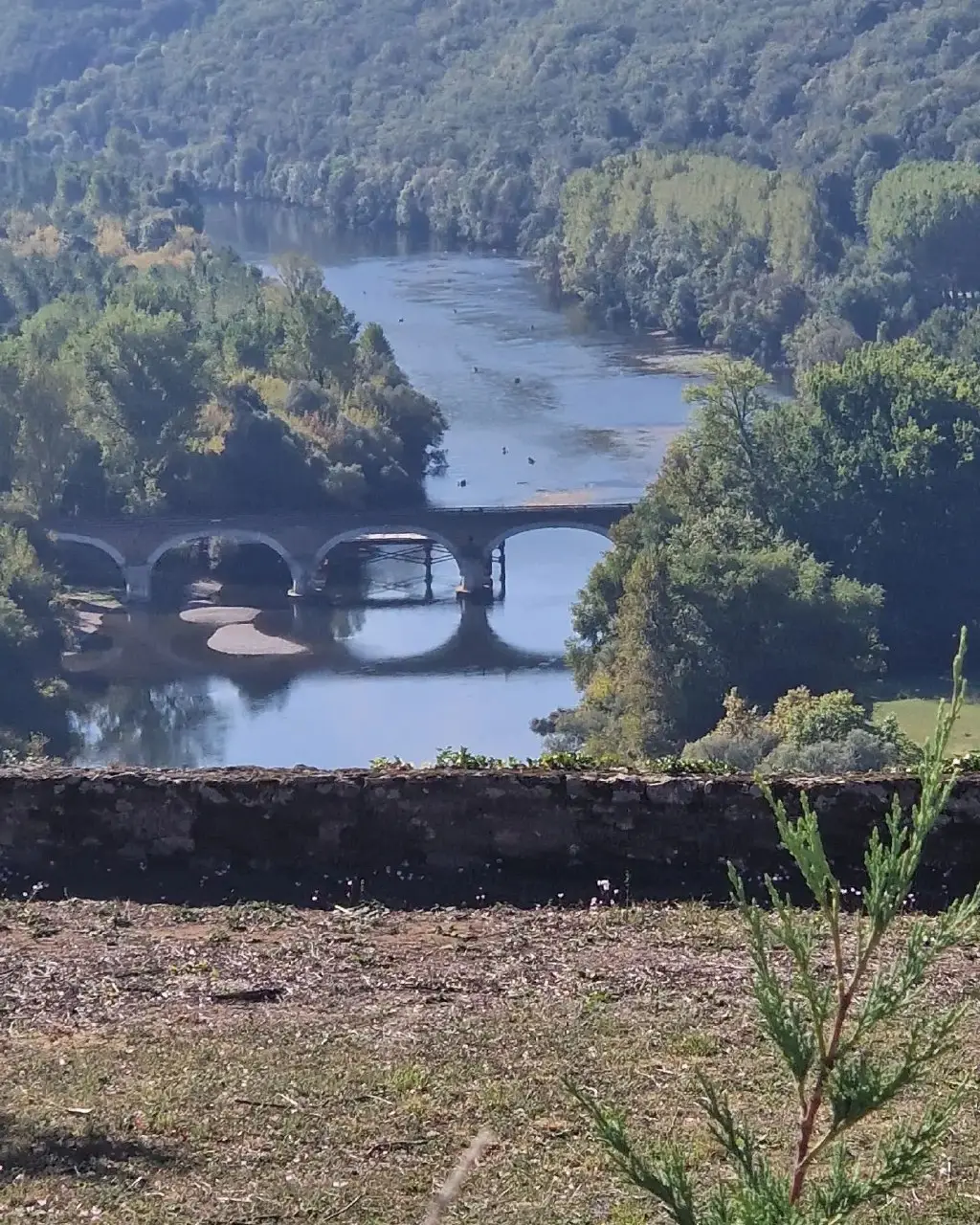
The English were stationed in Castelnaud Castle, opposite Beynac Castle. The troops exchanged rather unfriendly messages in the form of stone blocks released by catapults. Unlike Castelnaud, Beynac remained on the side of the French crown throughout the Hundred Years' War.
In 1962, the castle was bought and restored by Lucien Grosso.
At the end of the XX century, many historical films were shot in Beynac, such as "Aliens 2: Corridors of Time", "The Story of Eternal Love", and "Joan of Arc". The castle is mentioned in the novel "The Arrow of Time" by Michael Crichton (1998).
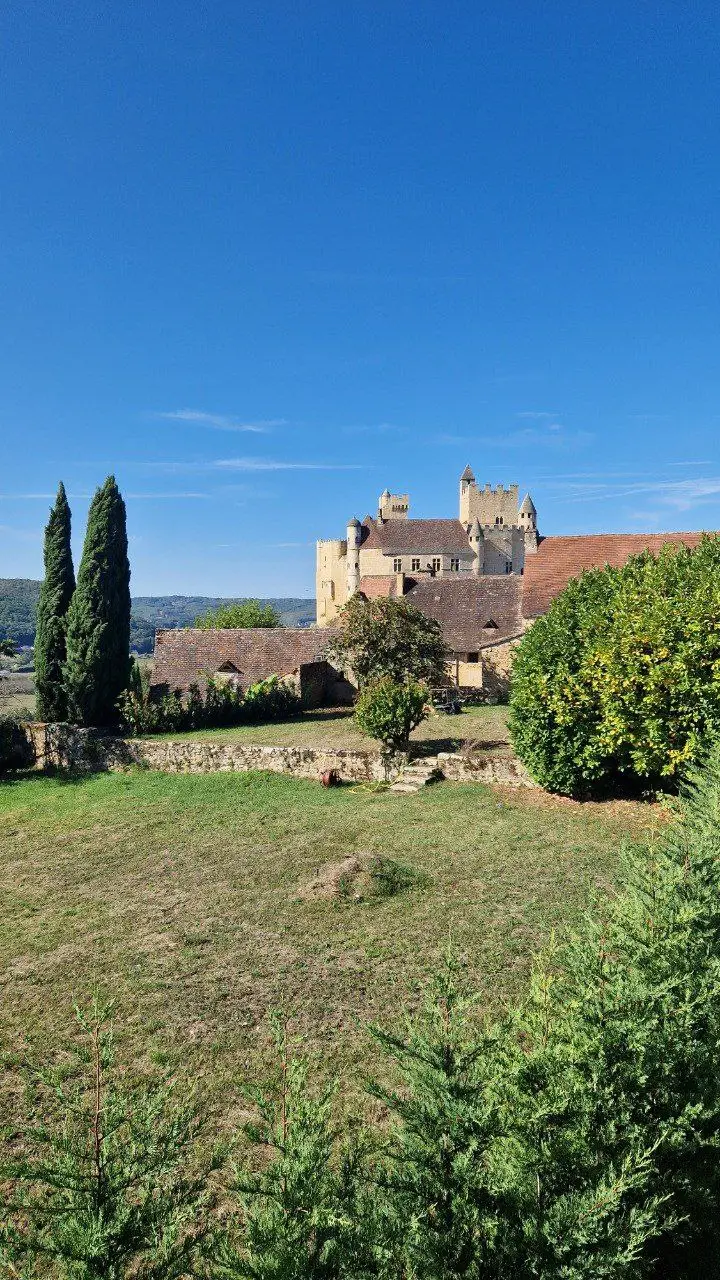
The entrance ticket to the castle costs from 11.50 euros.
Beynac-et-Cazenac
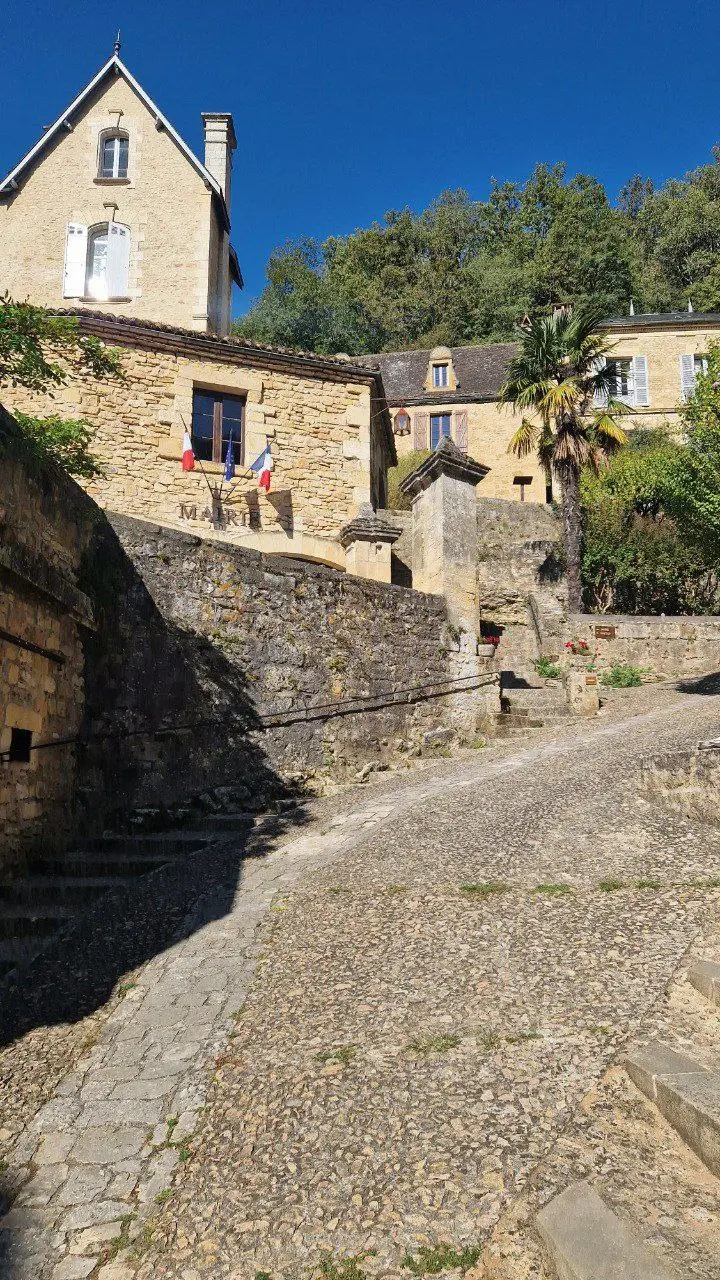
Among the many charming villages of the Dordogne, the village with the interesting name Beynac-et-Cazenac stands out for its unique location on a rocky river bank.
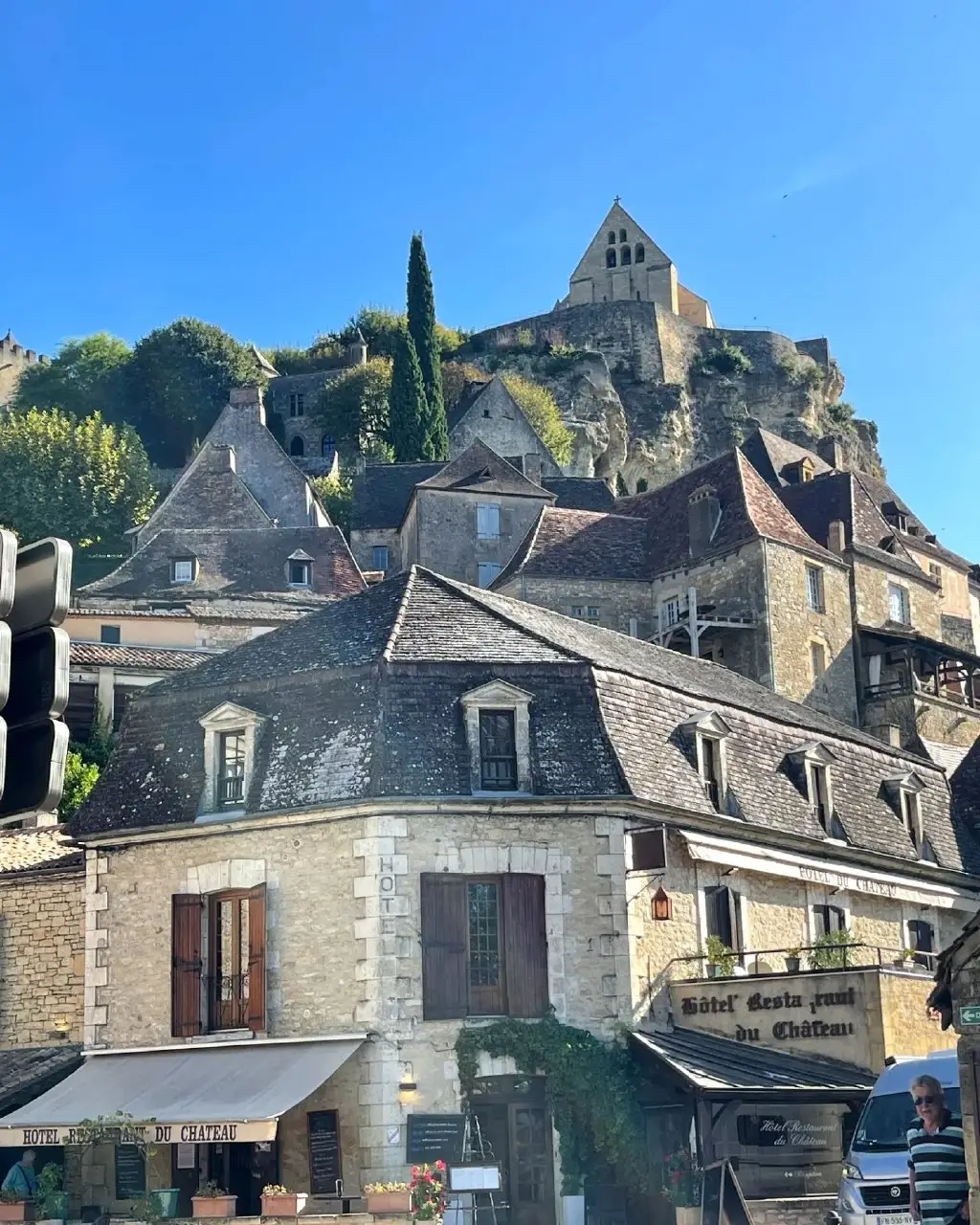
The village has a rich history, which is reflected in the narrow streets, old houses and beautiful gardens, it is forbidden to drive a car, you can only walk, it is advisable to wear sneakers or trekking shoes, because the ascent is very steep and the stone cobblestones are very slippery.
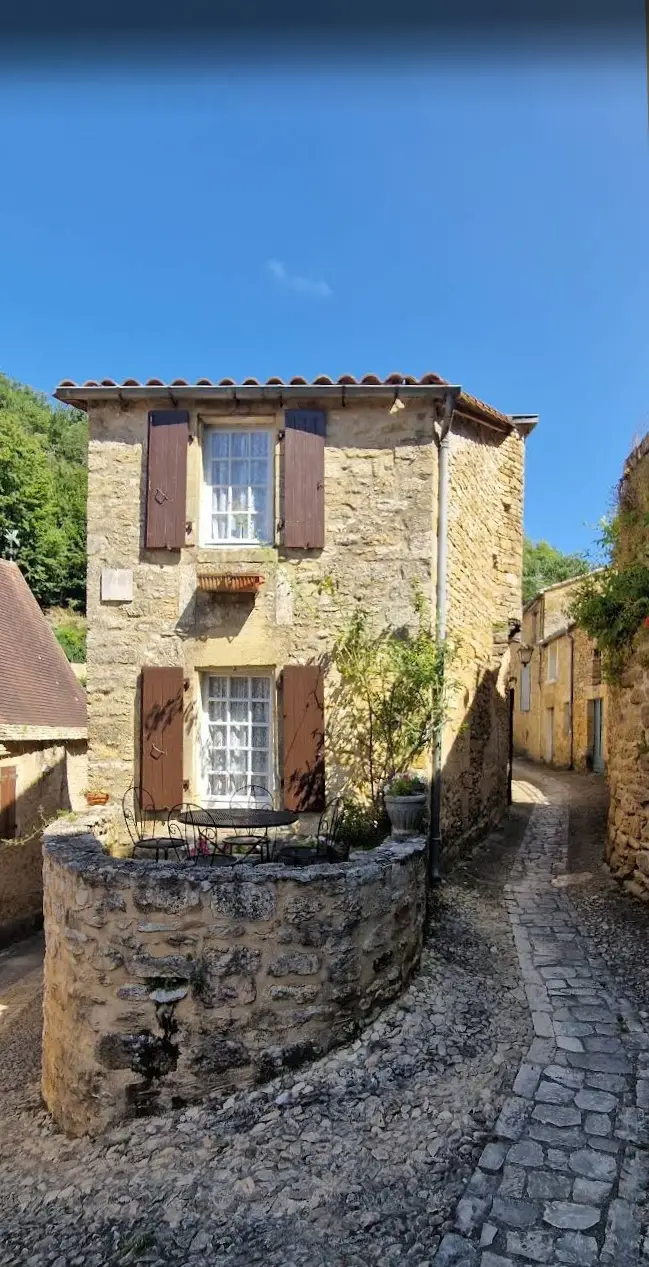
Gastronomy and local traditions
The Dordogne is also known for its gastronomy. The region is famous for its truffles, foie gras, nuts and cheese. The local cuisine includes dishes prepared using fresh, local ingredients, making it very tasty and authentic.

Visitors can enjoy traditional dishes in local restaurants or at farmers' markets, which sell a variety of products including honey, cheese, sausages and vegetables. The region is also known for its wine-making tradition, and tourists can visit numerous wineries to sample local wines.
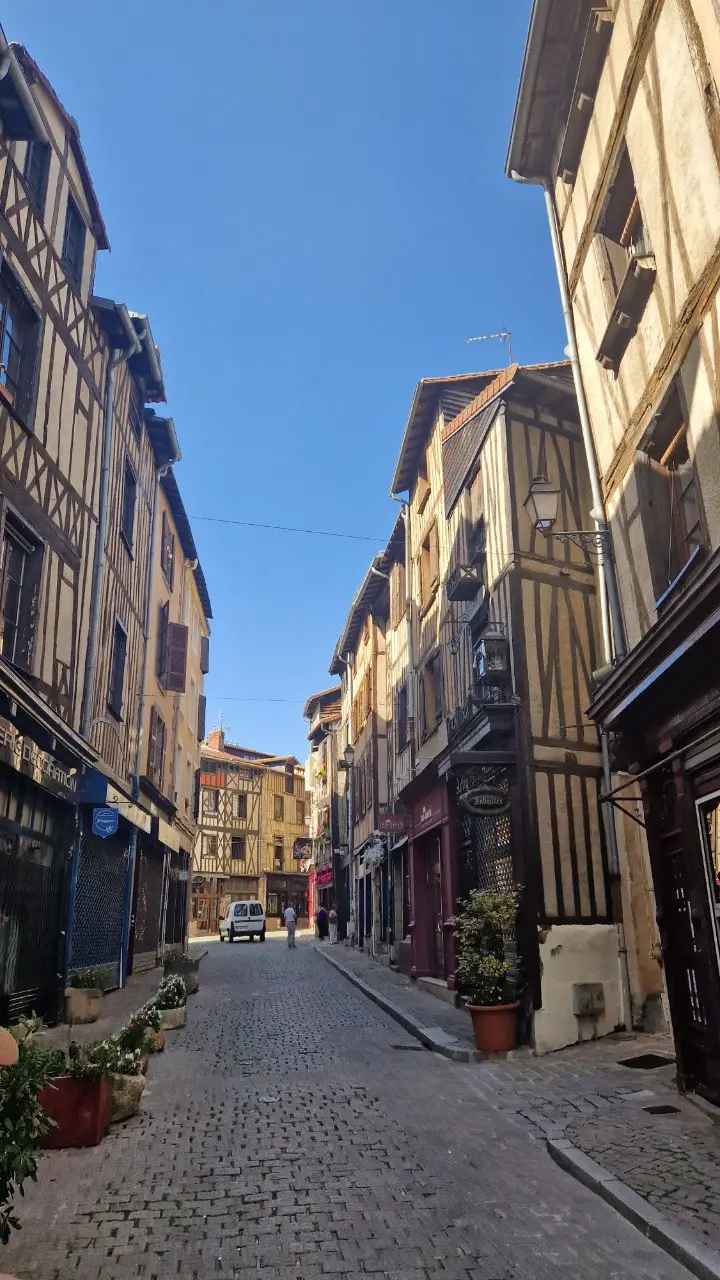
So, it is obvious that the Dordogne region with its Cro-Magnon caves is an important part of the world's cultural heritage, opening up a fascinating world of prehistoric people. The discovery of these caves has not only changed our understanding of human evolution, but also allowed us to see the high skill and complexity of the Cro-Magnon culture. Visiting these caves and museums, as well as castles and picturesque villages in the Vézère Valley, is an unforgettable experience that allows us to plunge into the distant past and feel connected to our ancestors.

